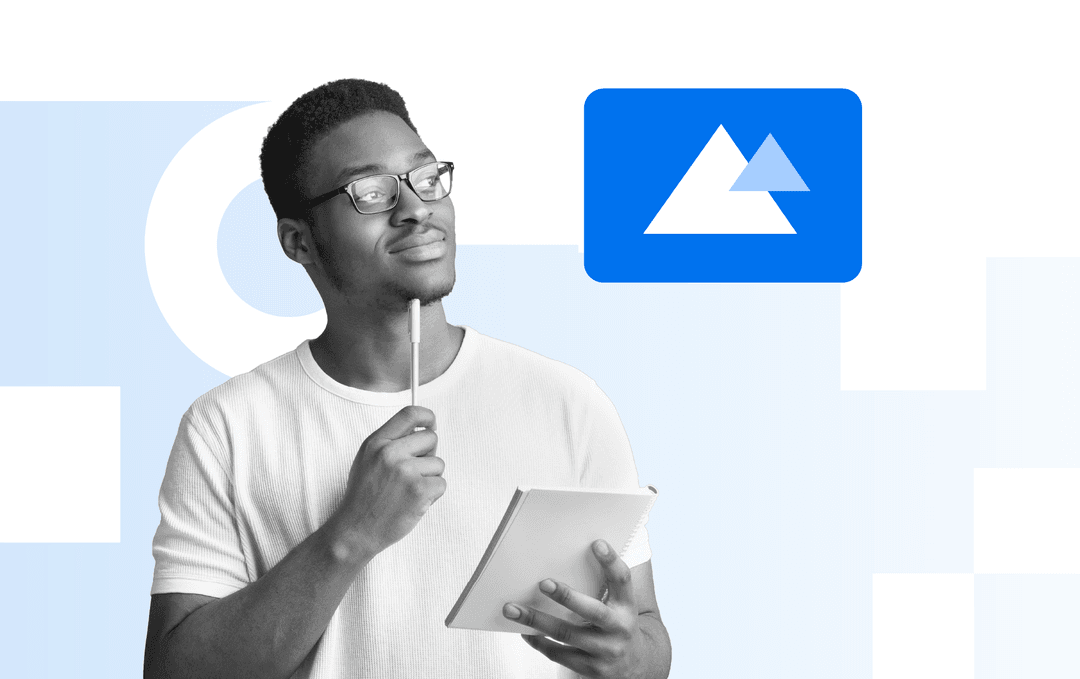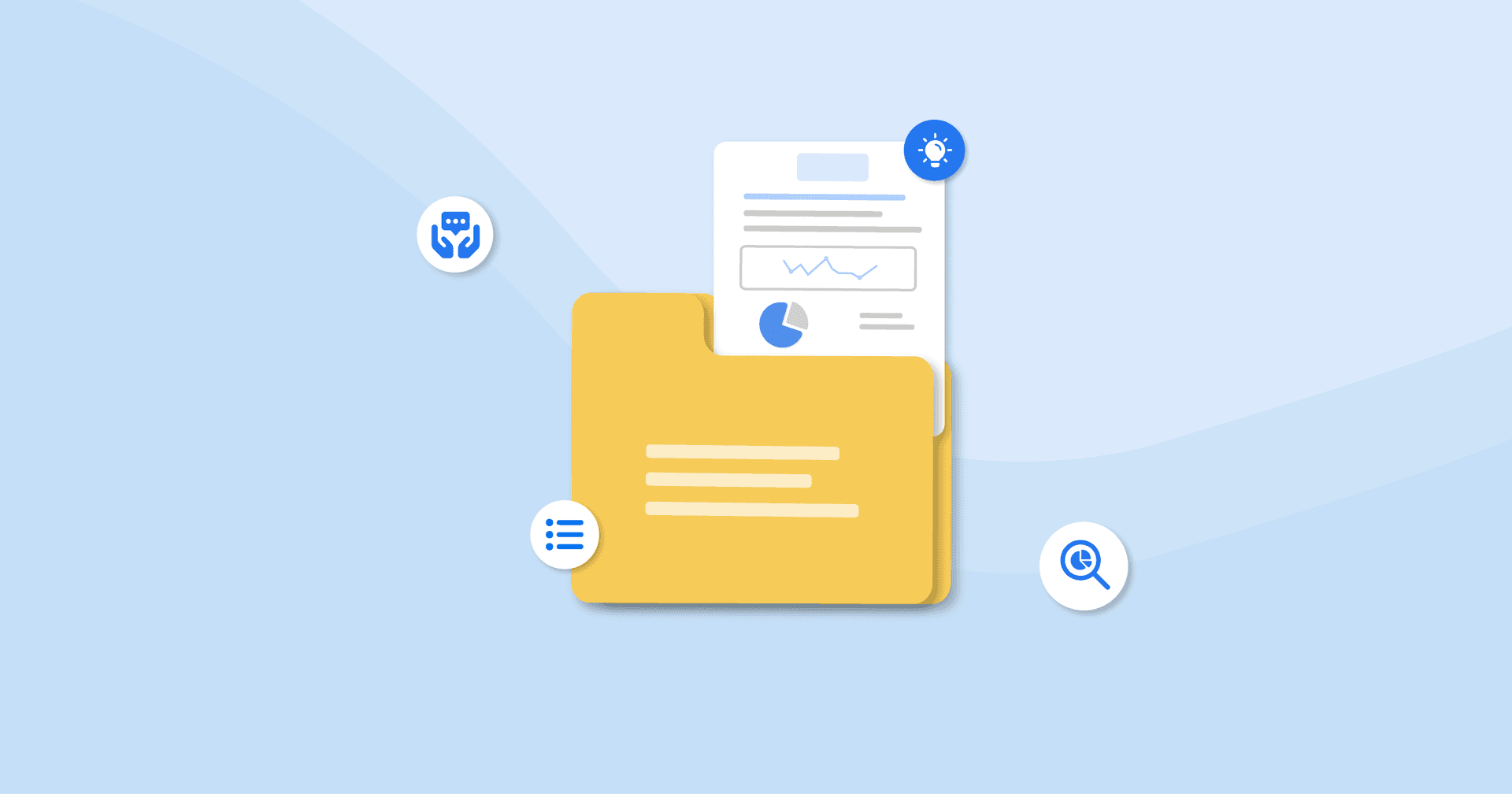Table of Contents
QUICK SUMMARY:
Shapes do more than decorate — they communicate. This article explores the psychology of shapes and how different forms influence perception in branding, marketing, and design. Learn how shapes evoke specific emotions, guide attention, and help tell visual stories that connect with audiences.
Before a word is read or a color is noticed, shapes are already doing some of the heavy lifting.
Shapes are some of the first visual signals our brains process. They're baked into how we interpret the world, from road signs and app icons to logos and product packaging.
They guide your eye, set the tone, and quietly tell you what to expect. A rounded icon feels friendly. A sharp triangle? It hints at motion—or maybe even danger. And the rectangle you’re reading this in? It's offering a sense of order and calm.
In this article, we’ll explore how different shapes influence human perception and behavior. You’ll see how brands use circles, triangles, squares, and organic forms to guide emotion, build recognition, and tell visual stories—sometimes without saying a word.
What is shape psychology?
Shape psychology is the study of how different forms influence our feelings, thoughts, and responses. It’s part design theory, part human behavior—and it starts with how our brains are wired.
From an early age, we recognize shapes before we understand words. Long before a child can read, they can distinguish between a smiley face and a stop sign. That’s because shapes tap into instinct. Our brains process them in milliseconds, often triggering an emotional response before logic has a chance to catch up.
In graphic design, shape psychology plays a quiet but influential role. A logo built from smooth, rounded forms sends an entirely different message than one with sharp, angular edges. The impact goes beyond aesthetics. These forms shape perception, reinforce brand identity, and create emotional resonance.
But shape psychology isn’t only about logos or branding. It’s part of a larger visual language that appears everywhere, including social media graphics, websites, packaging, slide decks, and marketing report templates. And whether someone realizes it or not, the shape of a button or icon can subtly guide their trust, mood, or behavior.
The emotional meaning of common geometric shapes
Shapes are visual tools that carry emotional weight. Each one carries subconscious meaning shaped by nature, culture, and experience. When used intentionally, these basic forms build trust, signal action, or create comfort without saying a word.
Circles, ovals, and circular forms: Harmony and unity
Circular shapes are soft, continuous, and without edges. They suggest wholeness, unity, and community. Because they have no beginning or end, circles often represent eternity, protection, or inclusion.
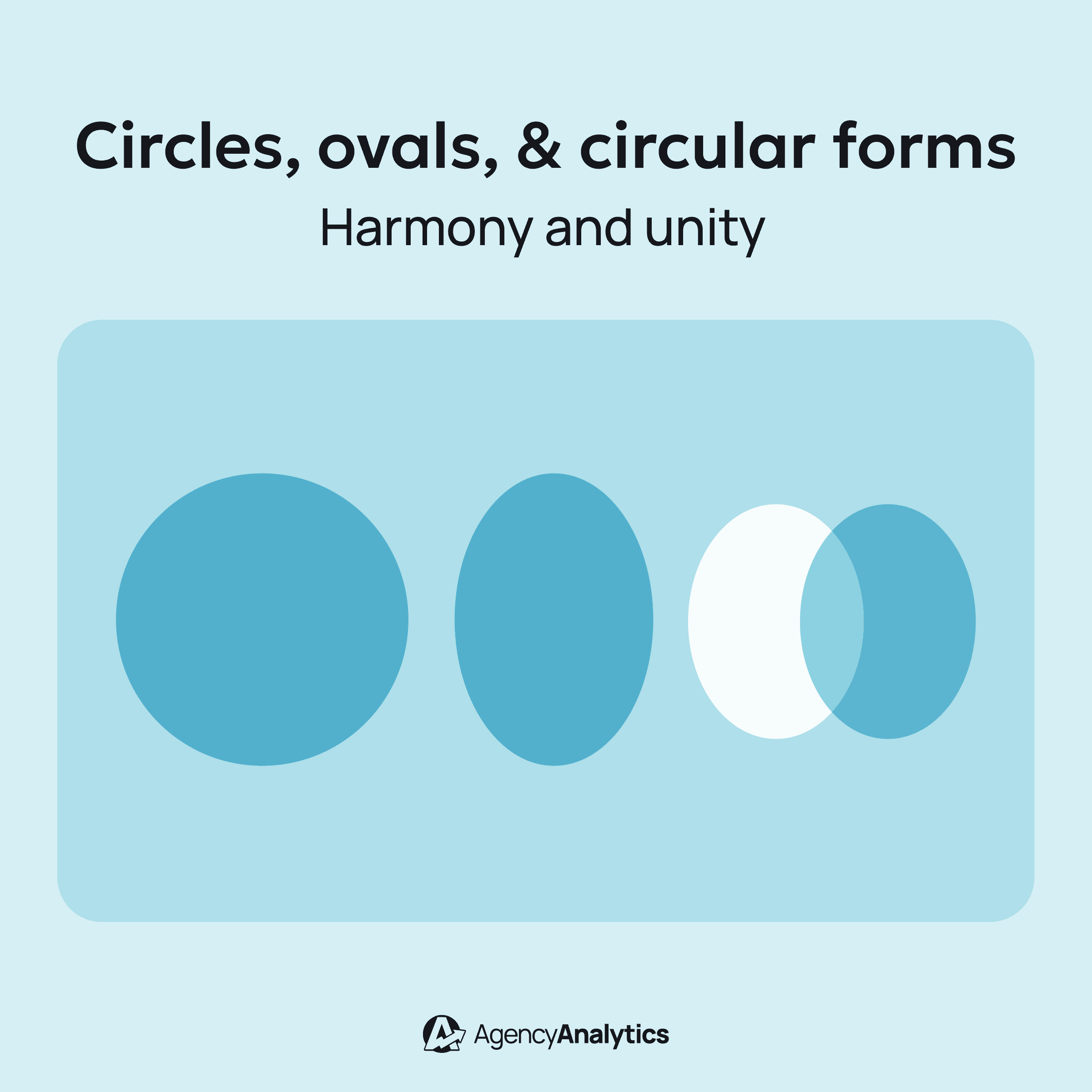
In design, circles are frequently used to signal approachability. Think of how many social media icons are circular. Brands that want to appear open, friendly, or collaborative often lean into circular forms—Target’s bullseye, the Olympic rings, or Spotify’s green circle.
Ovals, a stretched version of the circle, offer a slightly more refined or organic feel. They’re often used in cosmetic and health branding to suggest care, gentleness, or well-being.
Squares and rectangles: Stability and structure
Squares and rectangular shapes communicate reliability, balance, and order. Built from equal sides and right angles, these common shapes feel structured and grounded. They don’t move. They hold space.
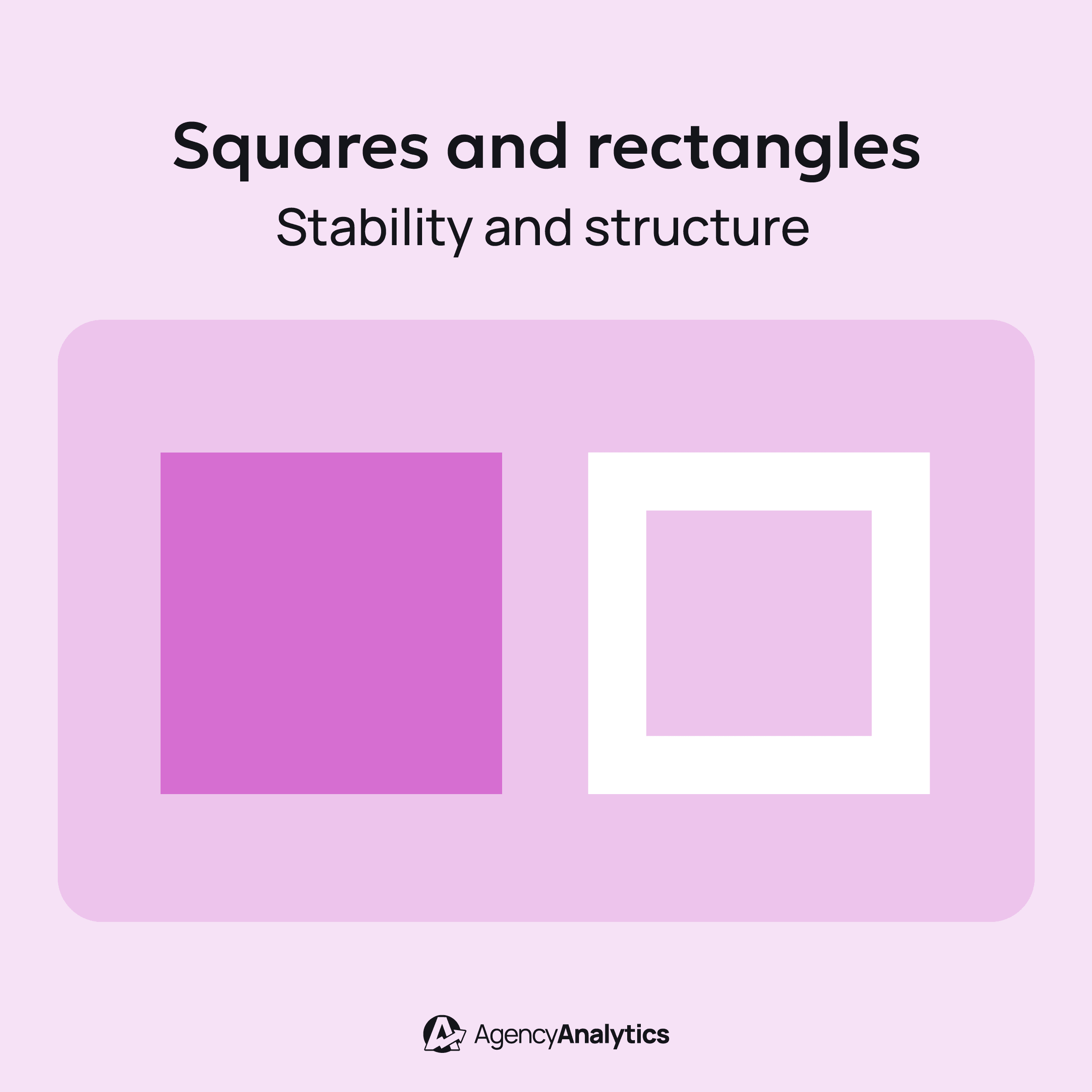
That’s why brands that want to project trust, professionalism, or tradition often rely on these geometric forms. Microsoft’s four-square logo feels tech-forward but dependable.
In web design, rectangles are everywhere—found in buttons, cards, grids—because they help create a clear visual hierarchy. Rectangles represent stability, but they also guide action. Their predictability puts the viewer at ease.
Triangles: Direction, movement, and conflict
Triangular shapes bring dynamic energy. Unlike circles or squares, triangles point in a specific direction. They lead the eye, suggest motion, and add tension. A triangle can feel energetic or aggressive depending on its orientation.
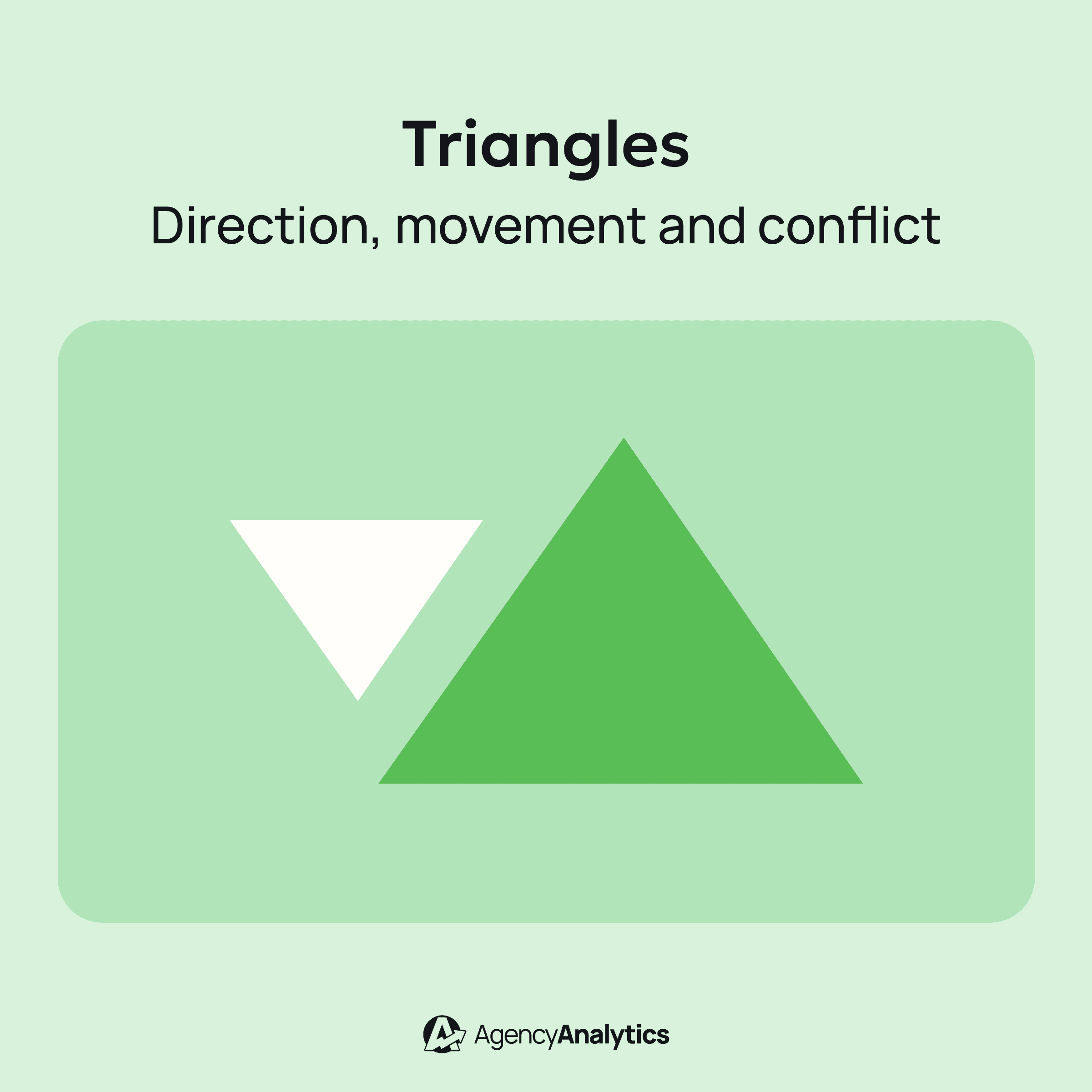
Upward-pointing triangles often symbolize growth, ambition, or aspiration. They’re stable at their base and rising upward—like a mountain or arrowhead. Brands like Adidas or Delta use upward-pointing triangles to communicate momentum and progress.
But that’s not always the case. Triangles can also evoke feelings of instability or caution. They’re often used in warning signs or to signal risk. In some cases, this sharpness is precisely what makes them effective—evoking a sense of urgency or danger at a glance.
A single triangle can communicate innovation, motion, or conflict, depending on its context and angle. This makes them a favorite among brands looking to disrupt or stand out.
Lines and angles: Focus and flow
Lines aren’t always the star of the show, but they quietly guide everything around them. Straight lines suggest order, direction, and stability. Horizontal lines feel calm. Vertical lines feel strong. Diagonals? They bring energy—and sometimes chaos.
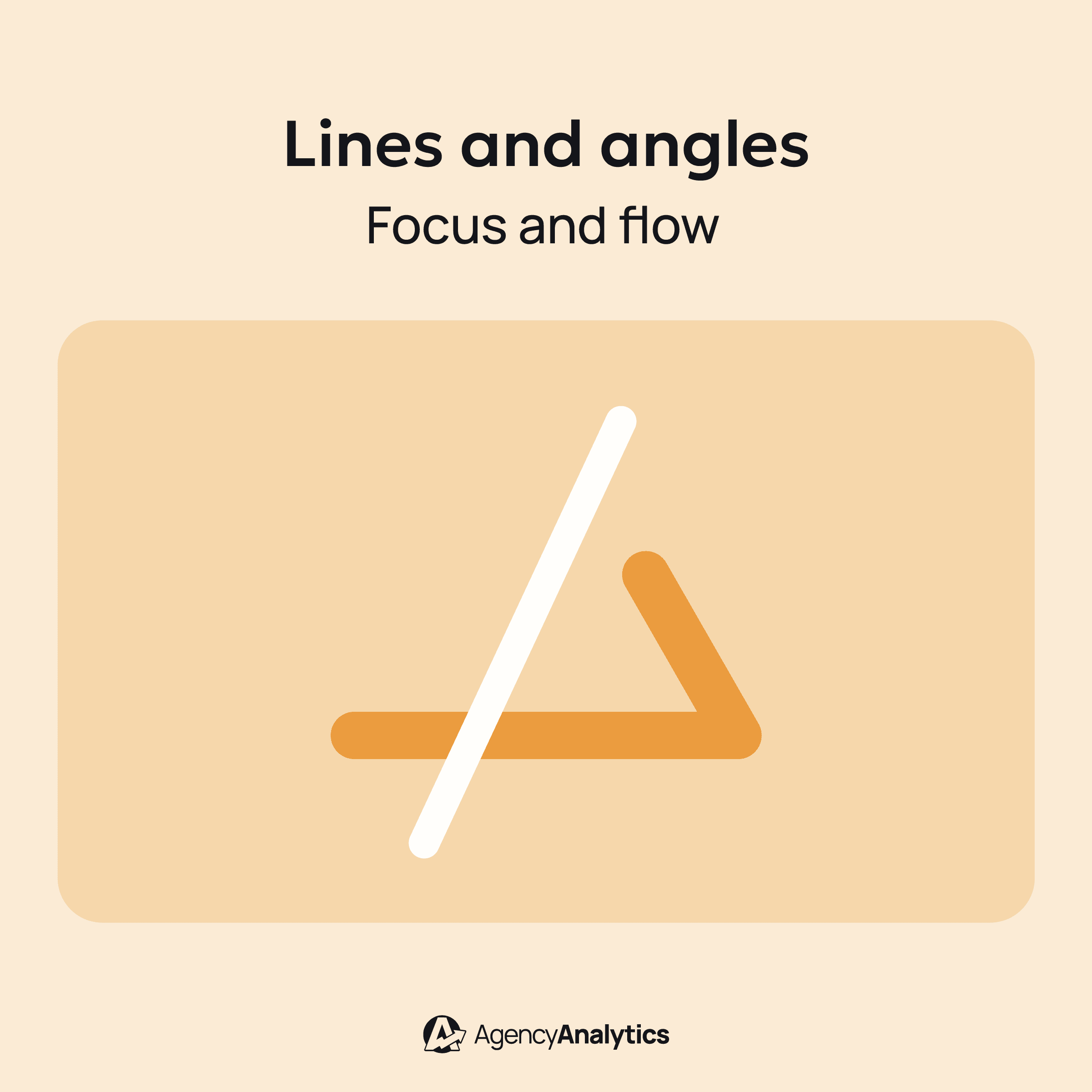
Curvy lines, on the other hand, soften a layout. They introduce movement in a gentler way, making a design feel more human or emotional. Think of the difference between a finance dashboard built with hard-edged charts versus a wellness brand using flowing lines and soft gradients.
Within the same family, angular shapes—such as zigzags, chevrons, or jagged edges—create intensity. They're great for drawing attention, but can feel harsh if overused. In design, they’re often paired with dynamic brands, action-oriented messaging, or edgy aesthetics.
Lines and angles are the scaffolding of visual communication. Whether they fade into the background or lead the viewer’s eye, they help organize space and emotion alike.
Curvy shapes: Softness and approachability
Unlike rectangular or square shapes, curvy shapes are gentle by nature. They lack the harsh edges of angular forms and feel more fluid, organic, and emotional. When used in branding and design, they suggest comfort, friendliness, and even playfulness.
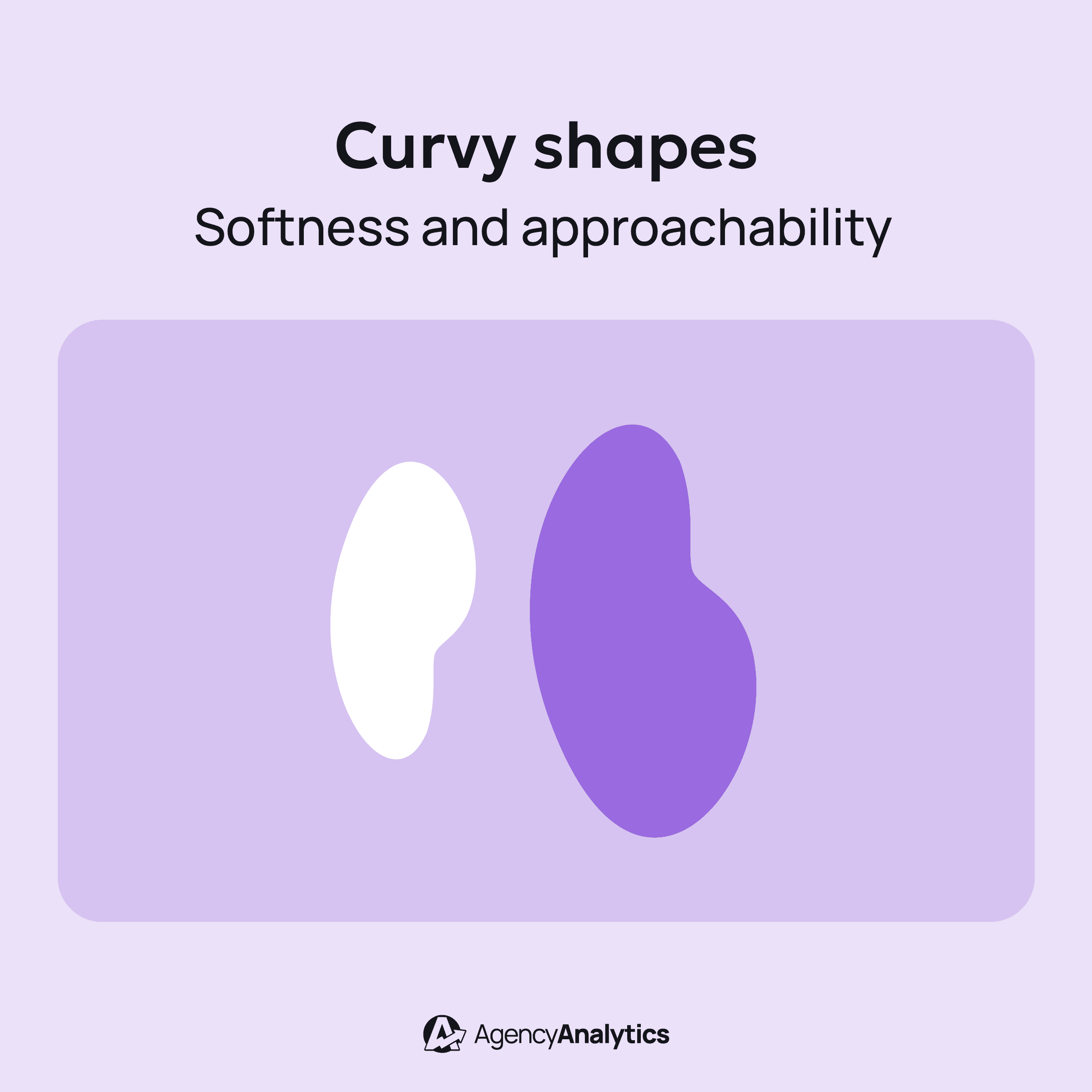
You’ll often find curvy lines and shapes in industries focused on wellness, lifestyle, or community. They help soften a message and create a more approachable tone—especially when paired with soft colors and open layouts.
Where sharp angles demand attention, curves invite it. They’re subtle, but powerful in shaping perception.
Impress clients and save hours with custom, automated reporting.
Join 7,000+ agencies that create reports in under 30 minutes per client using AgencyAnalytics. Get started for free. No credit card required.
Beyond the basics — abstract, natural, and organic forms
Not every shape fits neatly into a circle, square, or triangle. Some break the mold on purpose—and that’s where things get interesting.
Abstract shapes are less about structure and more about suggestion. They often resemble nothing in particular, yet still spark emotion. Designers use them to create intrigue, signal modernity, or open up interpretation.
Abstract forms are common in tech, fashion, and art-driven brands, where curiosity is an integral part of the experience. Think of the abstract swoosh in Nike’s logo or the stylized flame in the Dropbox Paper mark. These shapes carry meaning. They define how a brand is seen, remembered, and understood.
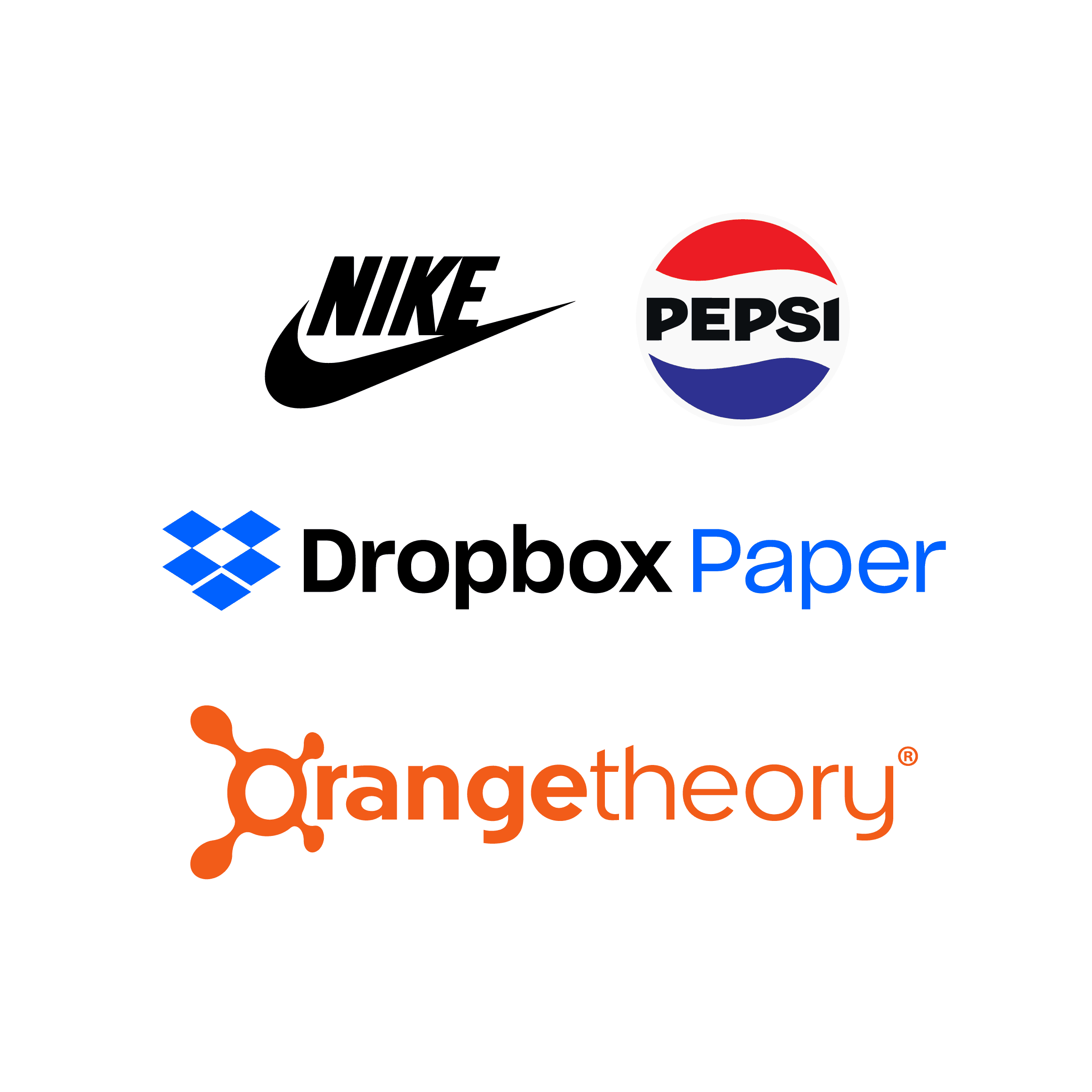
Organic and natural shapes, by contrast, draw from forms found in the real world. Leaves, clouds, waves, and other imperfect, flowing shapes evoke a sense of familiarity and humanity. Natural and organic shapes tend to evoke calm, warmth, and connection.
Brands in wellness, sustainability, and lifestyle spaces often use organic forms to signal authenticity and softness. These shapes appear to have been drawn by hand, not generated by code.
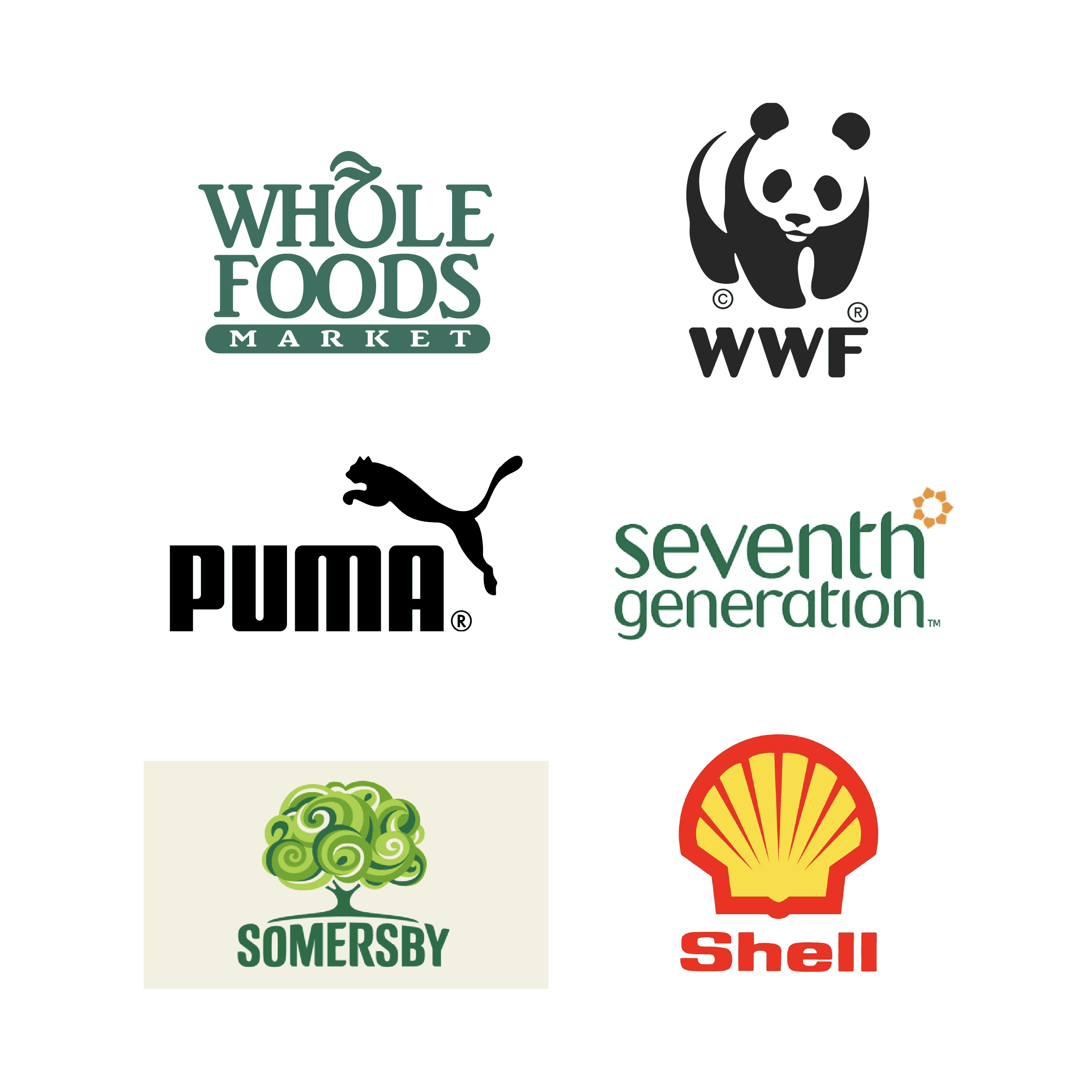
There’s a subtle psychology at play here. While geometric shapes communicate structure and reliability, organic forms invite emotional connection. Abstract shapes, meanwhile, create space for personal meaning. Together, these less conventional forms give designers the freedom to build visual harmony, guide emotion, and connect with an audience on a deeper level.
How designers use shape psychology to guide perception
Every design decision sends a message—even if it's unconscious. For graphic designers, shape psychology is one of the most potent tools for influencing how people feel and directing their attention.
At a glance, the right shape can tell you whether a brand is playful or serious, cutting-edge or classic. That’s not an accident. Designers select forms that align with a brand's personality, product type, and audience expectations.
Take circular shapes. A brand that wants to emphasize community, approachability, or inclusivity might lean into rounded icons, buttons, or layouts. Squares and rectangles, meanwhile, are standard in industries that need to signal reliability—like finance, law, or software.
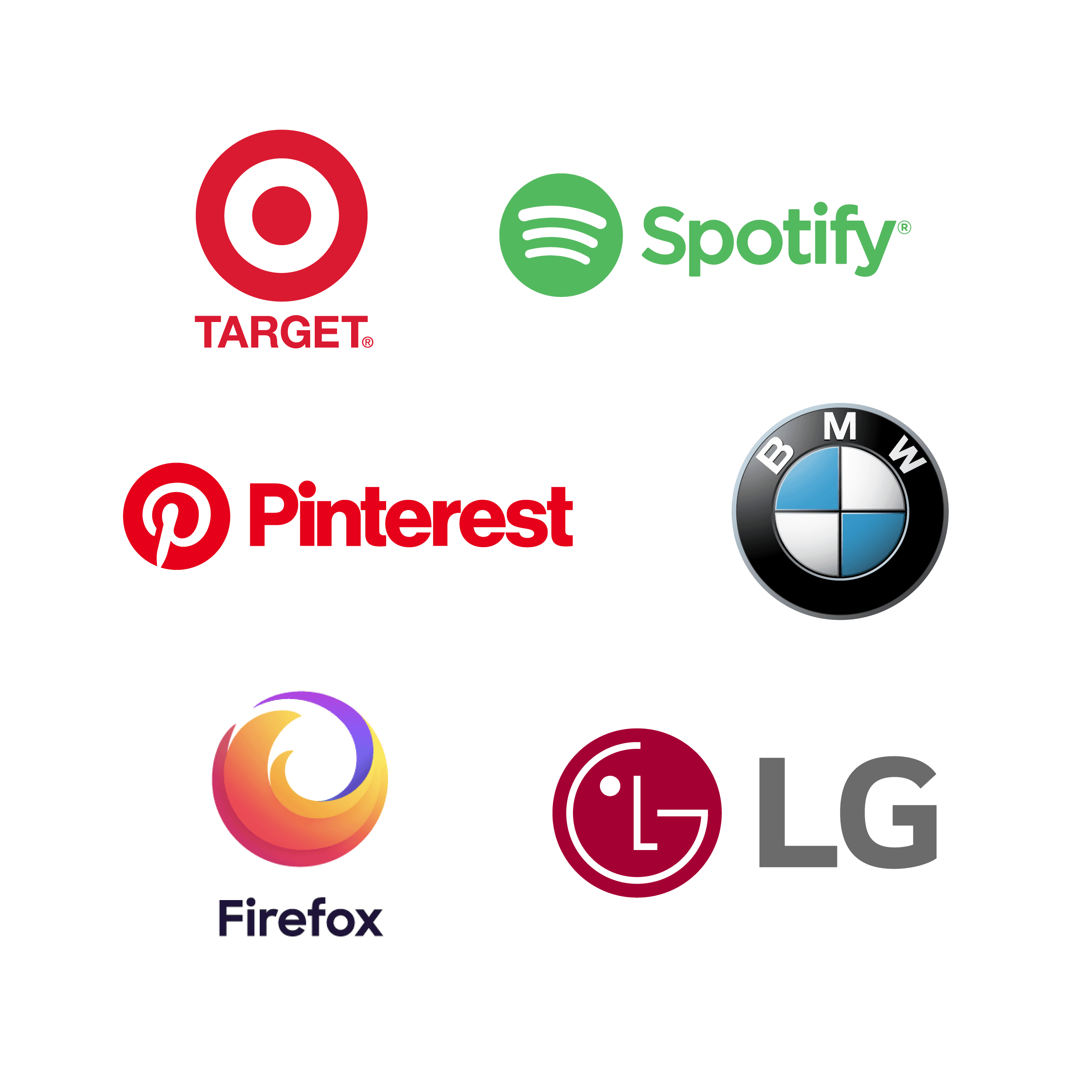
Shape choice also affects the pace and rhythm of a visual experience. A layout built entirely from angular shapes with sharp edges feels fast and energetic. One that uses organic forms and curves moves more slowly, encouraging exploration or calm. What’s in the design matters—but how it feels in motion makes the real impact.
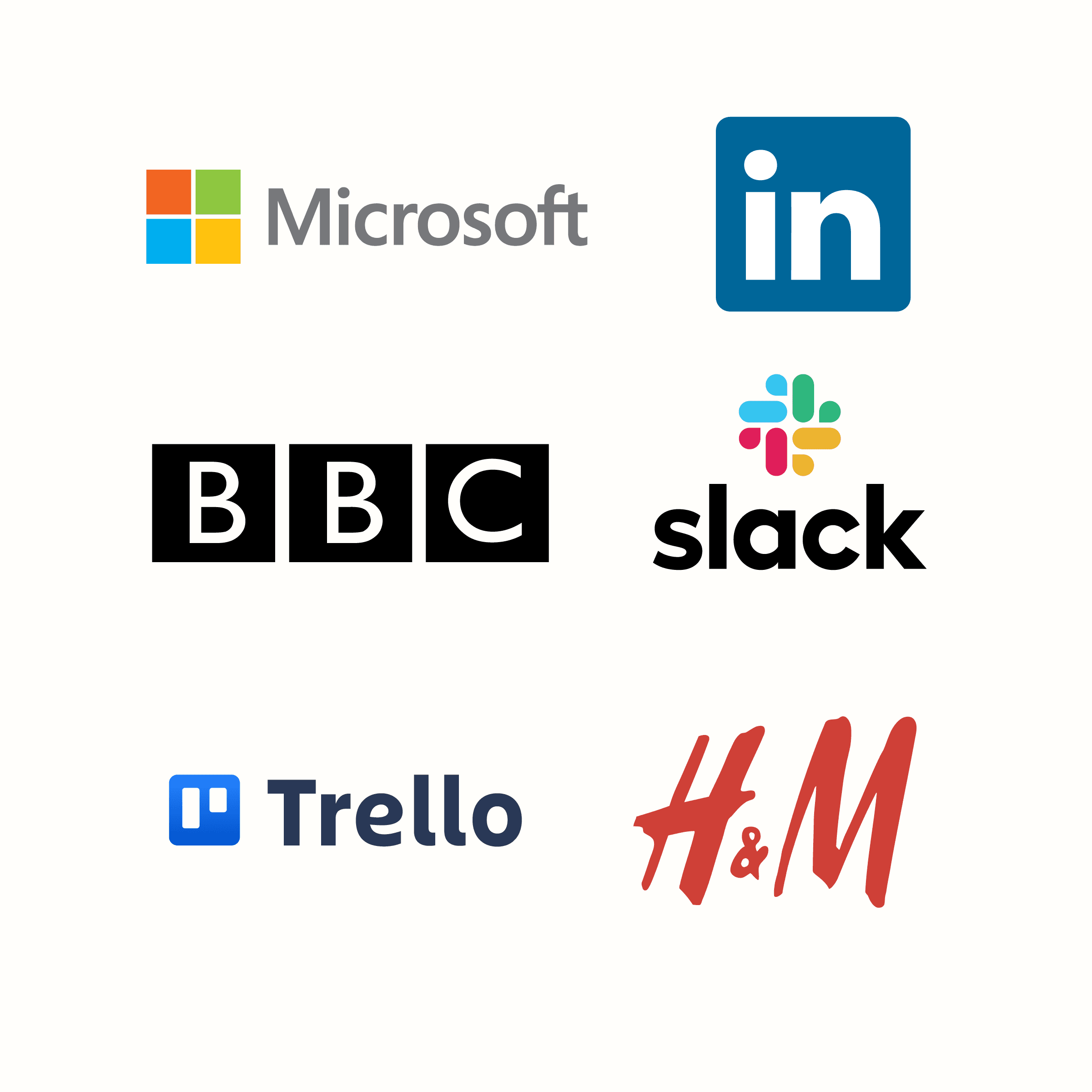
Shape psychology also helps establish hierarchy. Designers use larger, grounded shapes to anchor attention and smaller, directional forms to guide the eye. A bold rectangular banner might draw someone in. A triangle might subtly lead them toward a call to action.
It’s all about knowing how certain shapes communicate specific emotions—and using that knowledge to create intention.
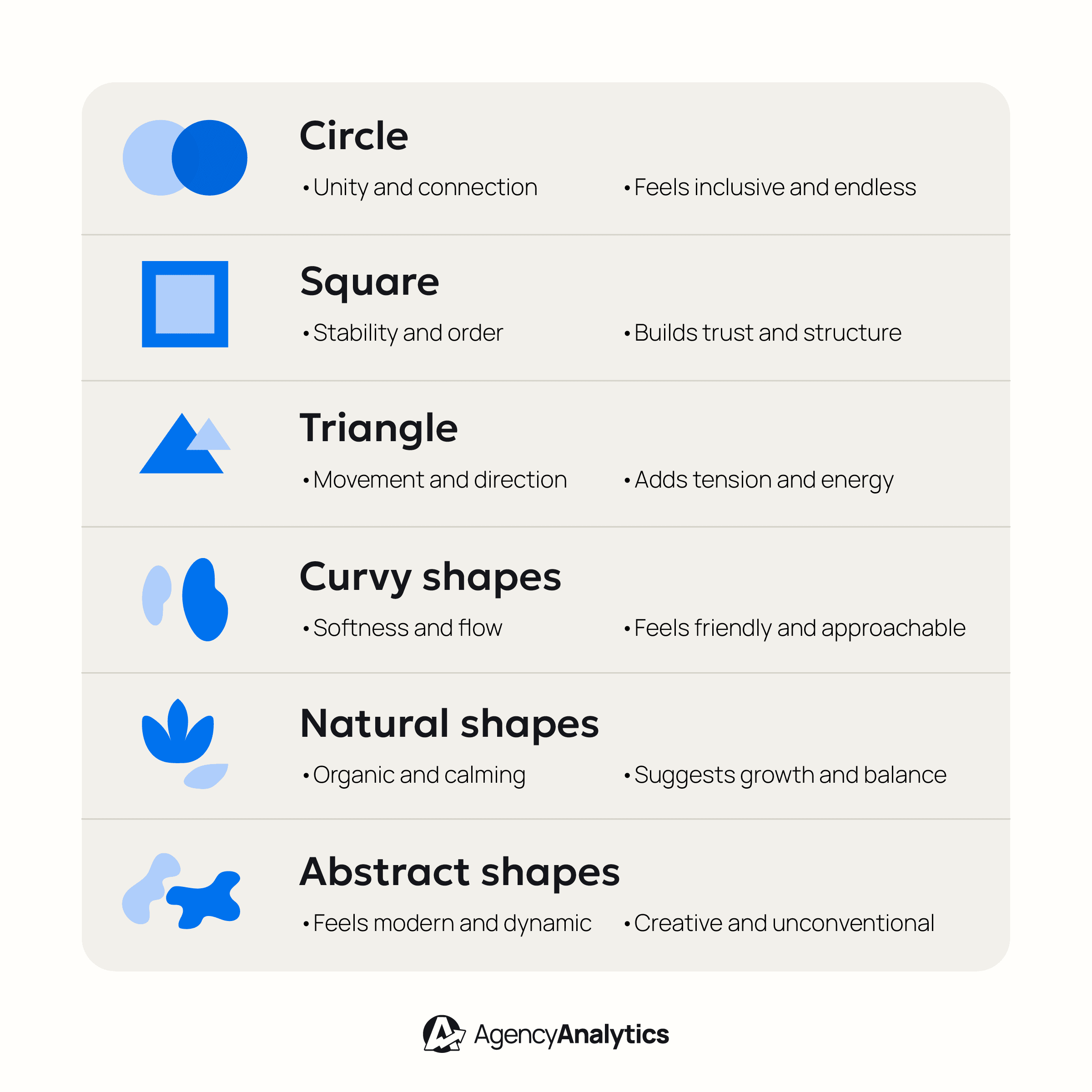
Real-world examples of shape psychology in action
Look closely at some of the world’s most iconic designs, and you’ll find that none of the shapes are accidental. From tech giants to nonprofits, the forms used in logos, layouts, and brand identities are carefully chosen to evoke specific emotions and guide perception.
Taking a bite out of traditional logo design
Take Apple. The rounded shape of the apple, softened by curves and negative space, feels approachable and clean.
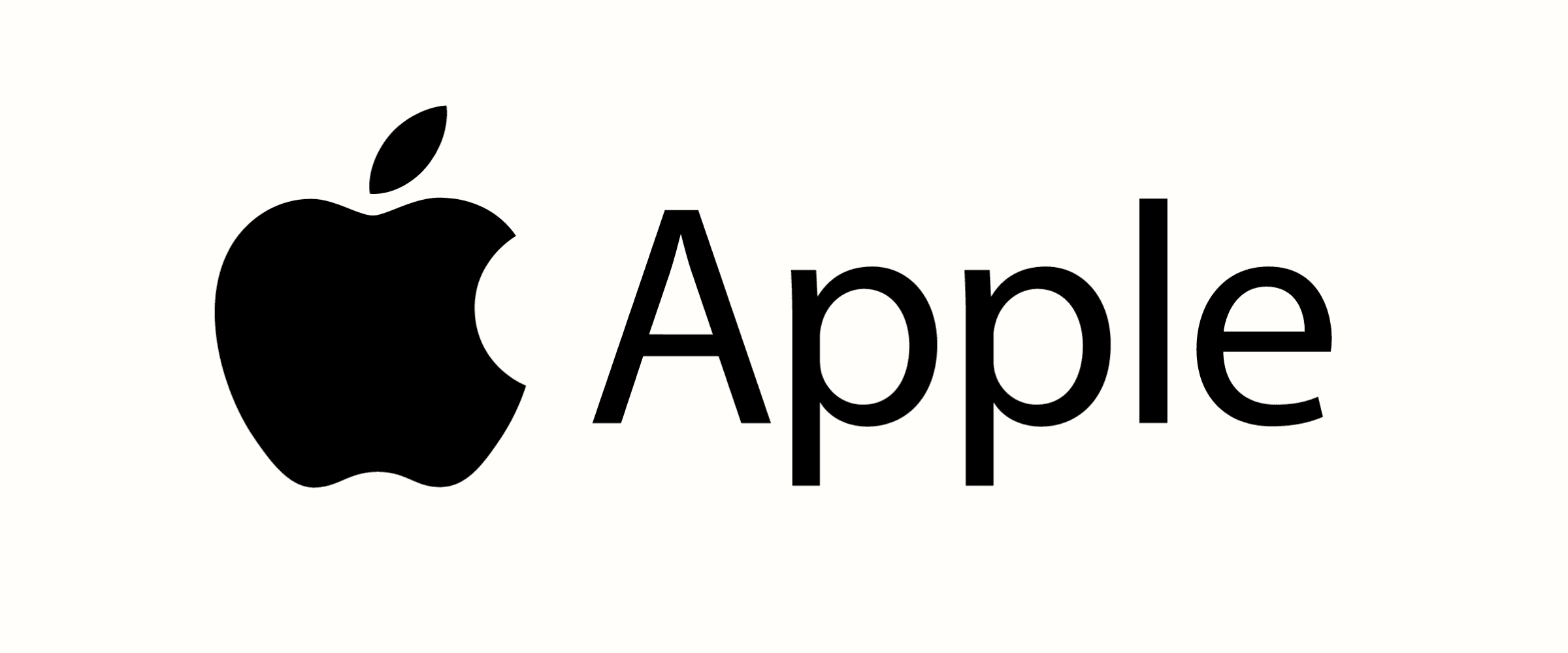
There’s a reason it doesn’t have sharp angles or geometric rigidity—it’s designed to evoke warmth and creativity, not corporate coldness. Even the missing “bite” adds a subtle layer of curiosity and open interpretation.
The hidden arrow you didn’t know you saw
Or consider the FedEx logo. At first glance, it’s a simple wordmark. But hidden between the “E” and “x” is a forward-pointing arrow—an example of visual storytelling through negative space.

It’s a subtle cue that reinforces motion, direction, and reliability. This is shape psychology at work: the design delivers a message before the copy does.
Stripes that climb toward ambition
The Adidas logo is another strong example. Its three sloping stripes form a triangle, suggesting movement, ambition, and progress.
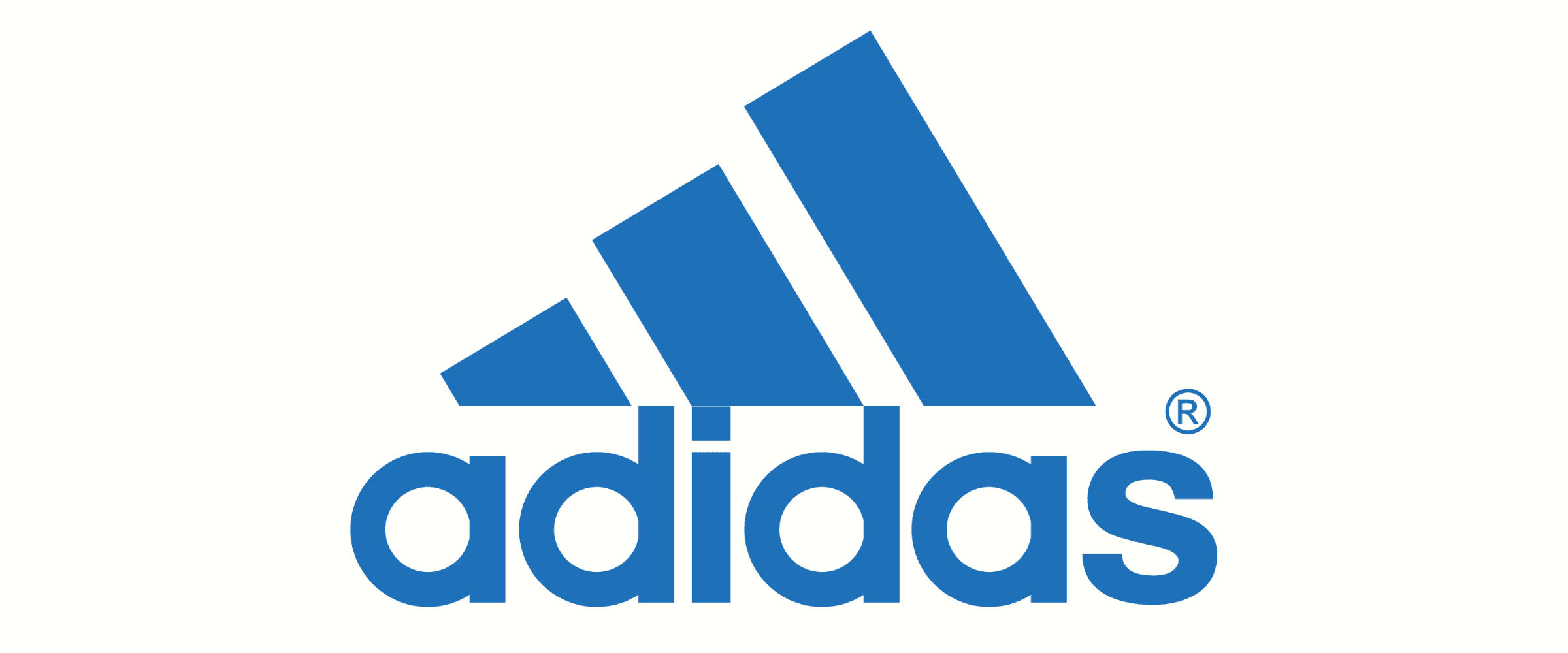
It’s a dynamic shape that mirrors the energy of athletic performance. The logo is memorable because it’s designed to evoke emotions in its target audience.
Framing a world of discovery
Then there’s the National Geographic rectangle shape. Framed in a bold yellow, the shape acts like a window into discovery.
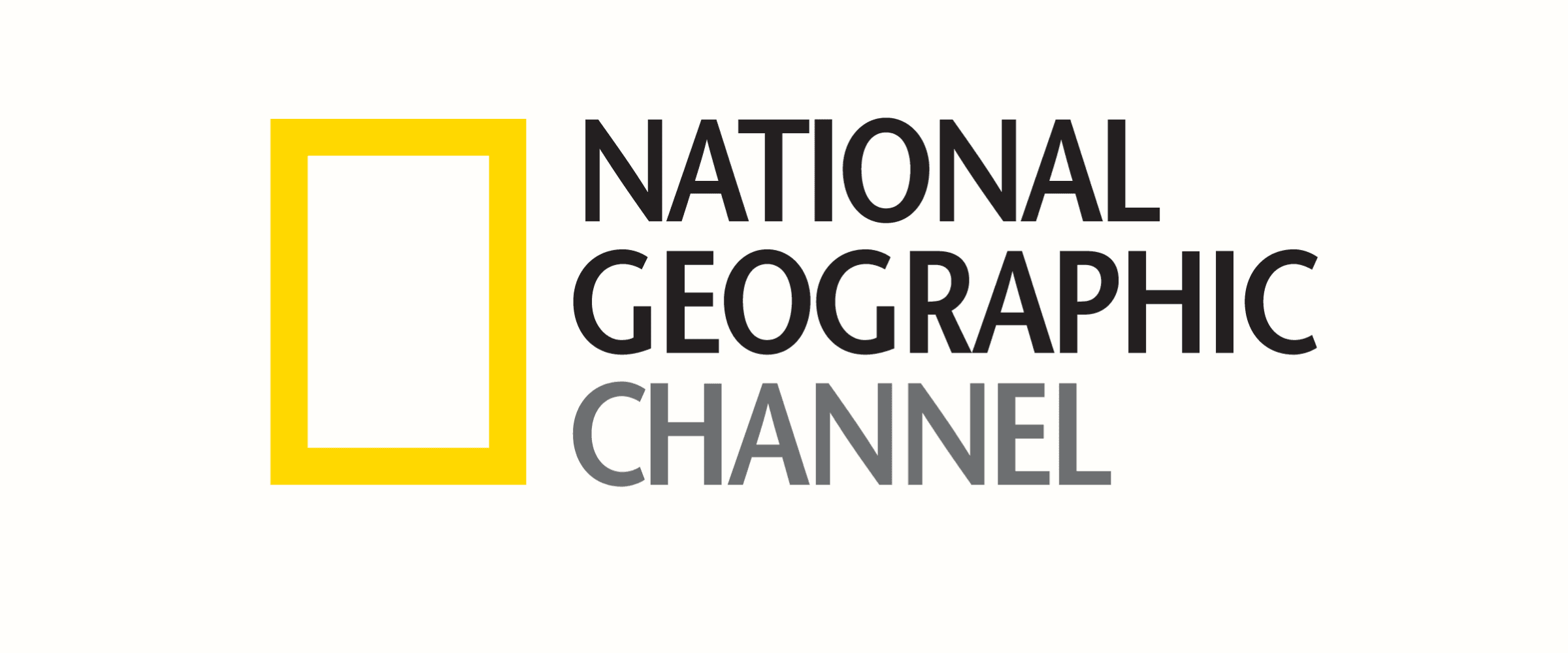
It’s a literal frame—inviting the viewer to explore the world through it. Simple shapes like rectangles and squares often suggest stability, but when paired with the right color or context, they take on different meanings.
When a logo feels welcoming
More recently, brands like Airbnb have adopted abstract shapes that blend natural curves with geometric elements to create a structured form.
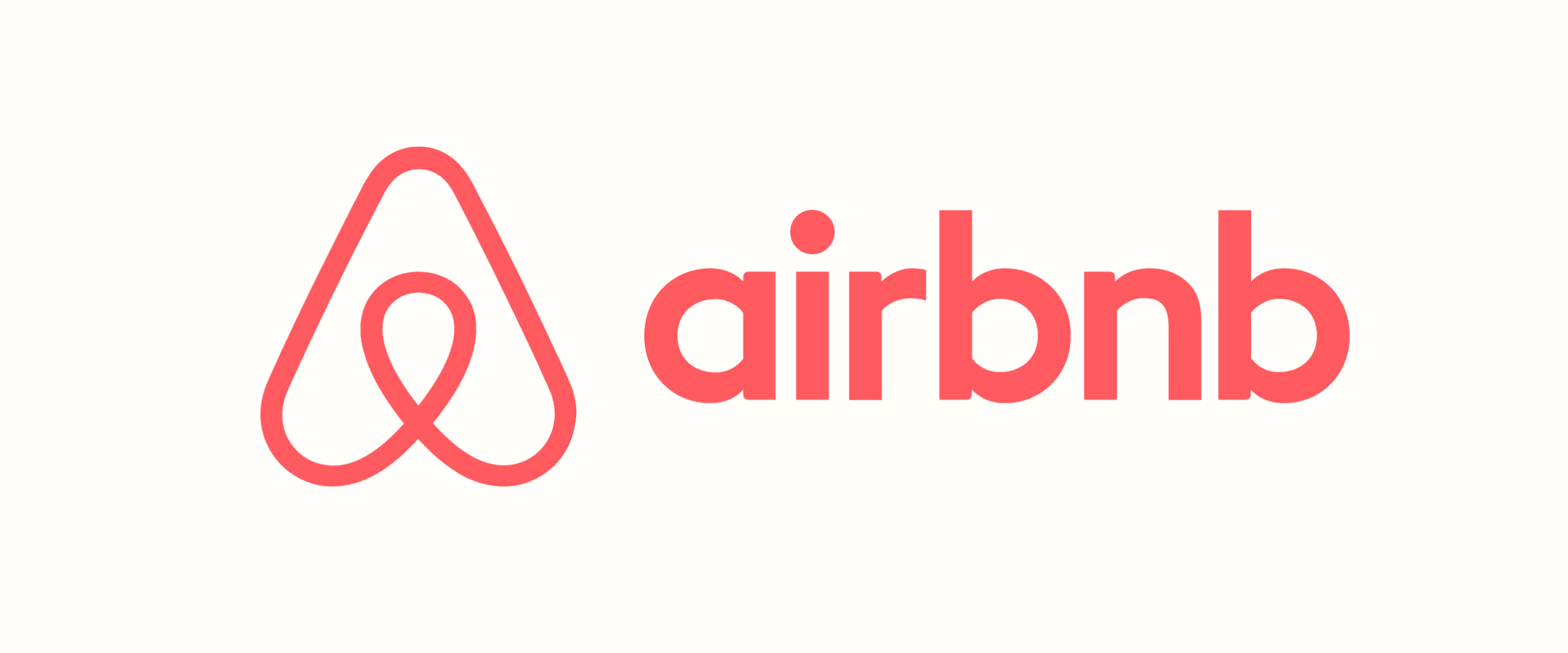
The result is a unique shape that feels modern, human, and inclusive—designed to reflect a sense of belonging. Aesthetics matter, but it’s the alignment between shape and emotion that makes design meaningful.
Design elements like these aren't chosen at random. They’re tools to create a visual hierarchy, guide direct focus, and build emotional impact. Every curve and corner has a job to do.
Understanding shape psychology helps designers move beyond trends. It builds a deeper connection between visuals and values—between how something looks and how it makes people feel. And for brands, that’s the difference between being seen and being remembered.
Built for momentum: The shape psychology behind the AgencyAnalytics logo
The AgencyAnalytics logo isn’t just a stylized “A”—it’s a strategic blend of geometric clarity, directional energy, and circular cohesion.
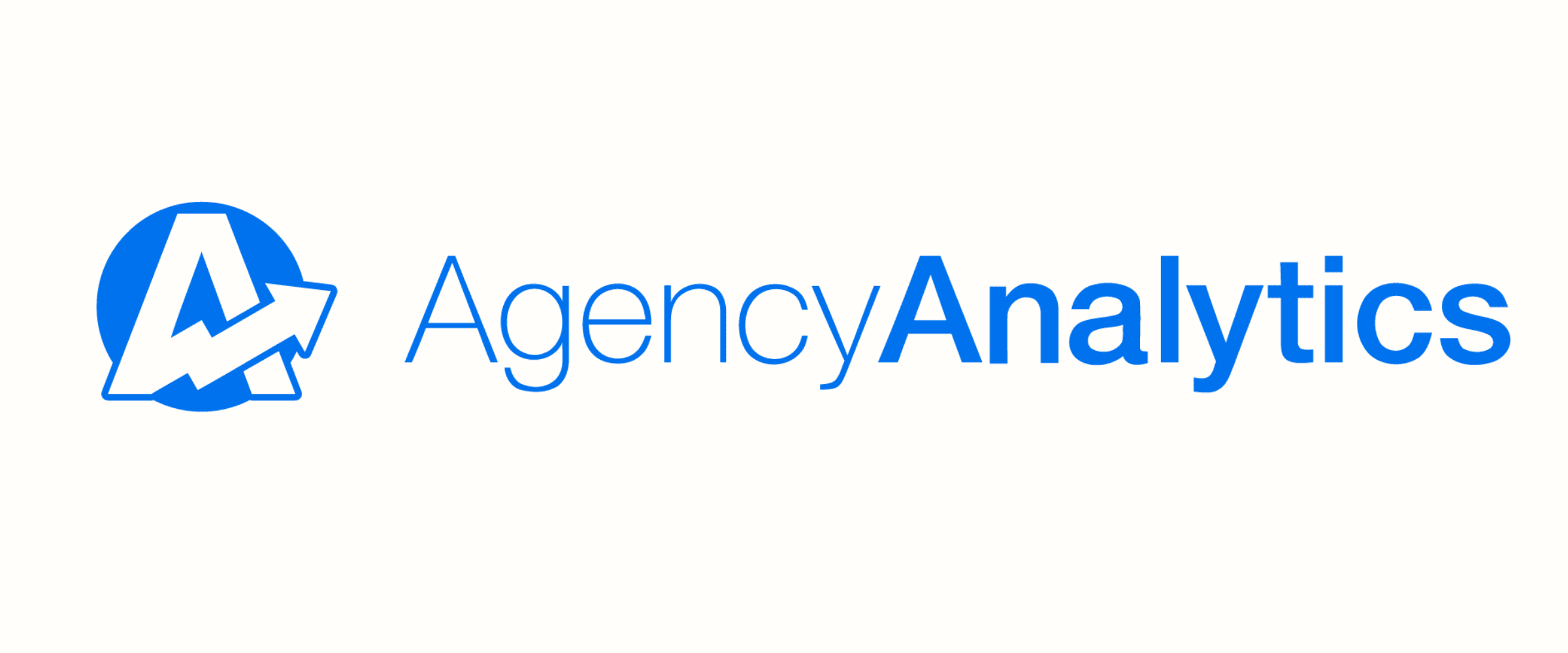
The upward-angled arrow built into the letterform signals growth, progress, and forward momentum—key values for the agencies we serve. It’s a visual cue that reinforces what our platform helps users achieve.
The surrounding circle evokes unity, trust, and continuity, anchoring the design with a sense of completeness (a nod to the all-in-one client reporting platform, including over 80 platform integrations.) It also mirrors the circular forms used in many data visualizations.
Together, the arrow and circle create a dynamic contrast and leave a lasting impression that combines movement with stability. This balance mirrors our product’s promise—to bring order to chaos while helping agencies move forward with clarity.
Why the psychology of shape matters (even if you’re not a designer)
You don’t need to be a designer to understand how shapes shape perception.
Every day, you interact with visual language—on websites, social posts, packaging, and presentations. Shapes are baked into how we interpret what’s trustworthy, what’s exciting, what feels right. And once you start to notice them, you can’t unsee the way they influence attention, emotion, and action.
Whether you're building a brand, sharing a message, or simply selecting the right proposal template, understanding shape psychology gives you a competitive edge. It helps you choose specific elements with intention.
You might reach for a rounded shape to create a more welcoming feel, or a dynamic triangle to build momentum. You might skip sharp angles to soften the tone of your message—or embrace them to challenge the status quo.
Impactful design isn’t always louder. Sometimes, it’s more thoughtful. More aligned. More human. And often, it starts with the simplest of choices—what shape says what you mean?
Impress clients and save hours with custom, automated reporting.
Join 7,000+ agencies that create reports in under 30 minutes per client using AgencyAnalytics. Get started for free. No credit card required.
Frequently Asked Questions about the Psychology of Different Shapes
Have more questions about shapes and their meanings in psychology? We’ve got you covered!
In psychology, shapes carry symbolic meanings that influence how we feel and interpret information.
For example, circles often represent unity, safety, and community, while squares suggest order and stability. Triangles can convey action, tension, or hierarchy depending on their orientation.
These associations are tied to both cultural context and innate human perception. Understanding the meaning of shapes in psychology helps designers, marketers, and educators communicate more effectively by using forms that align with specific emotional or cognitive responses.
Different shapes evoke different emotional tones. For example:
Triangles feel energetic and directional, especially upward or downward-pointing triangles.
Rounded shapes feel soft and approachable.
Rectangles feel grounded and structured.
Abstract shapes feel modern and interpretive.
Overlapping shapes suggest connection, complexity, or collaboration
Choosing the right shape can subtly influence how your audience perceives your brand—before they even read a word.
The most popular shapes in logo design are circles, squares/rectangles, and triangles, with circles leading the pack. Circular logos are favored for their simplicity, scalability, and emotional impact—they suggest unity, approachability, and timelessness.
Squares and rectangles communicate structure and reliability, making them popular in tech, finance, and enterprise branding. Triangles are used to convey energy, direction, and innovation.
Many modern logos also blend geometric and organic forms for a more dynamic, human-centered feel.
Simple shapes are easy to recognize, remember, and emotionally process. Circles often signal friendliness and inclusion, while squares project order and trust. These forms create strong visual anchors that help brands feel familiar and reliable—especially when viewed quickly or at small sizes.
Yes—organic and abstract shapes can make a brand feel more human, artistic, or emotionally resonant. Organic shapes mimic forms found in nature and convey a sense of calmness or warmth. Abstract shapes often spark curiosity and represent innovation, especially in the tech and creative industries.
Absolutely. Shapes help organize content, guide the eye, and reduce cognitive load. For example, rounded buttons feel more inviting to click, while directional shapes, such as arrows, help users know where to look or what to do next. The correct shape can improve usability and reinforce a brand’s tone.
They can, especially with symbols or more complex shapes. But basic geometric shapes—like circles, squares, and triangles—tend to have universal associations rooted in human perception. For example, the circle’s connection to unity or eternity appears in both Western and Eastern cultures.
A deep understanding of how specific shapes influence perception is essential to creating a powerful logo. Our brains rely on perceptual mechanisms—mental shortcuts that interpret visual cues almost instantly.
For example, rectangles and squares suggest structure and reliability, while circular forms echo celestial bodies like the sun or moon, symbolizing unity and continuity. By understanding these visual associations, designers can choose shapes that reinforce a brand’s identity and support its message.
The right combination of geometry and meaning helps a logo do more than look good—it helps it connect emotionally and contribute to achieving business goals.

Written by
With nearly a decade of experience shaping creative strategy and visual storytelling, Vanessa is a senior designer who merges design sensibility with strategic insight. She has led brand-defining projects across digital and print media, specializing in translating complex ideas into clean, compelling visuals that engage audiences and elevate the brand experience.
Read more posts by Vanessa NevdashenkoSee how 7,000+ marketing agencies help clients win
Free 14-day trial. No credit card required.



